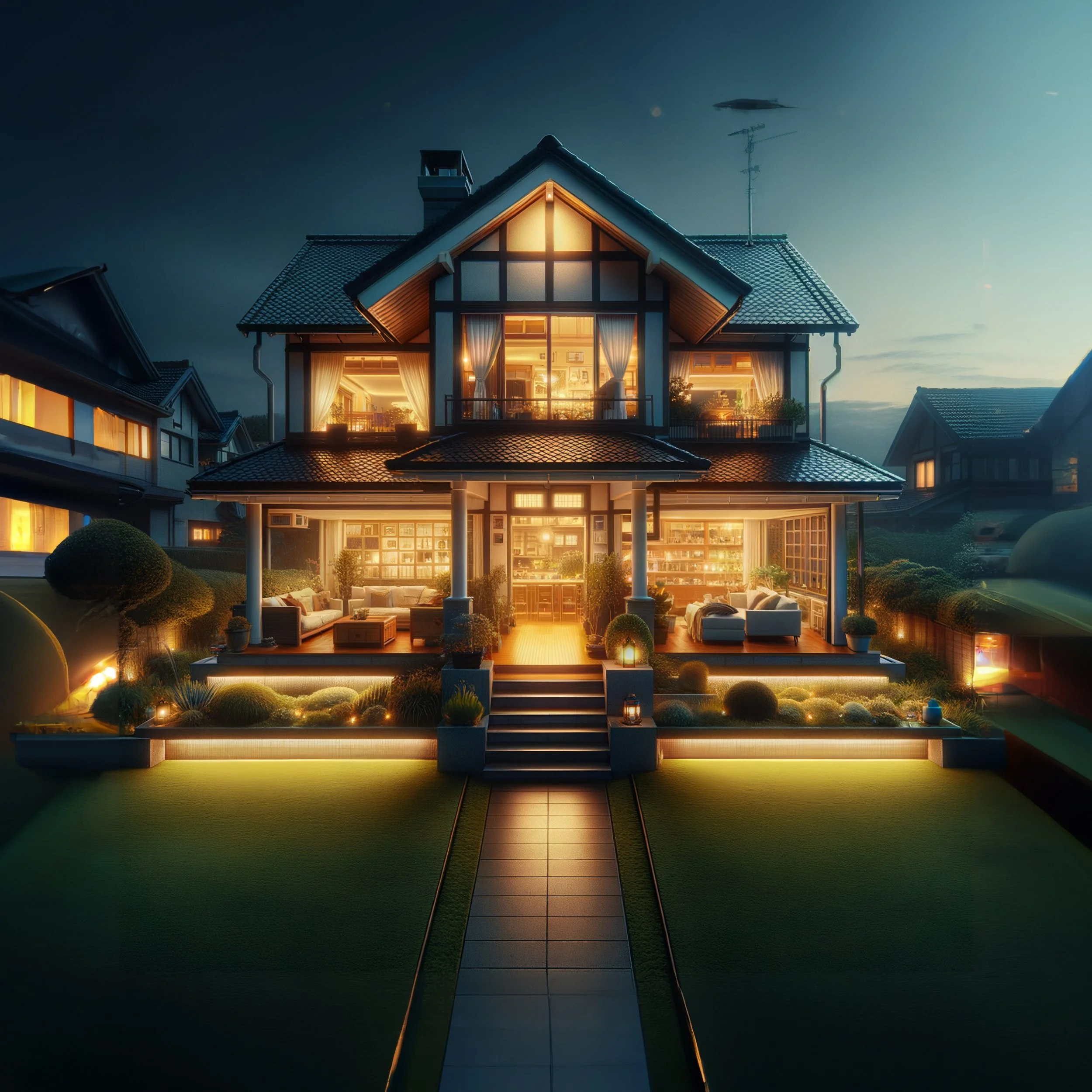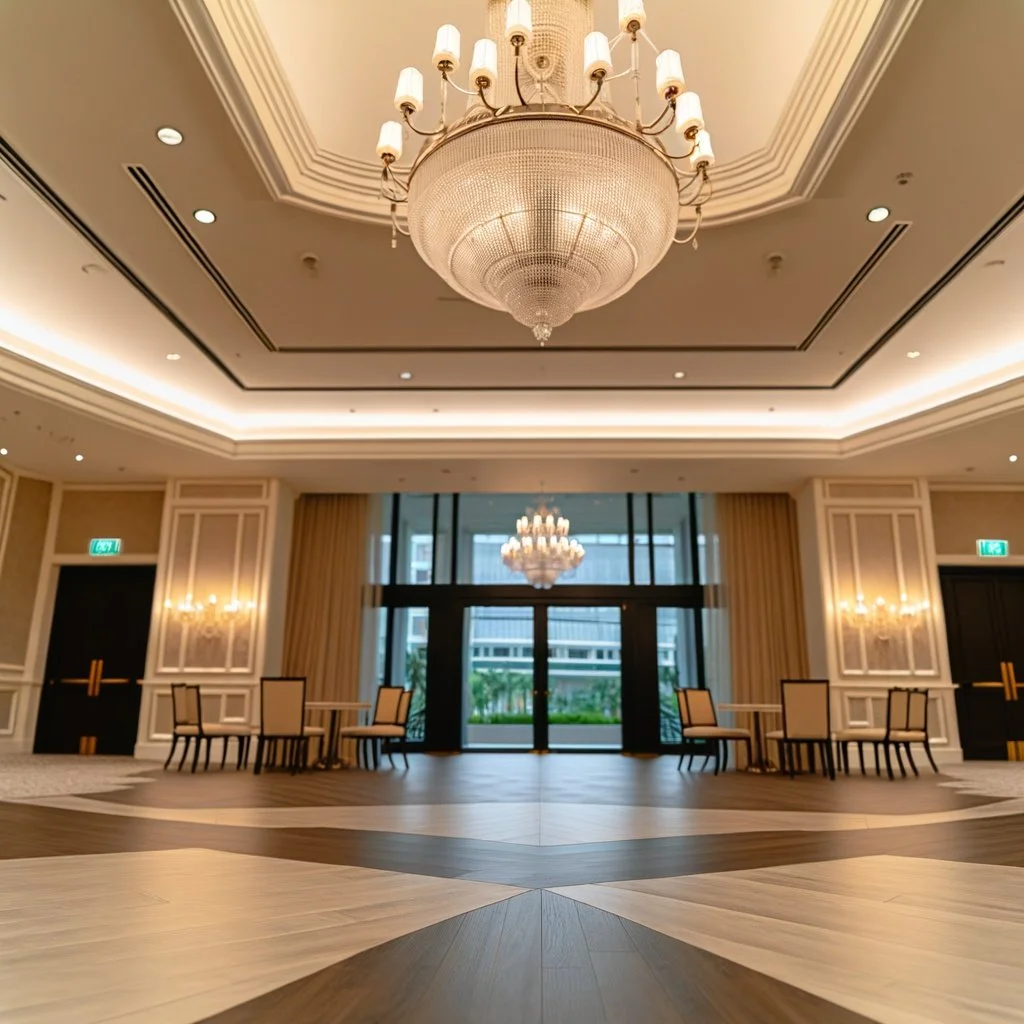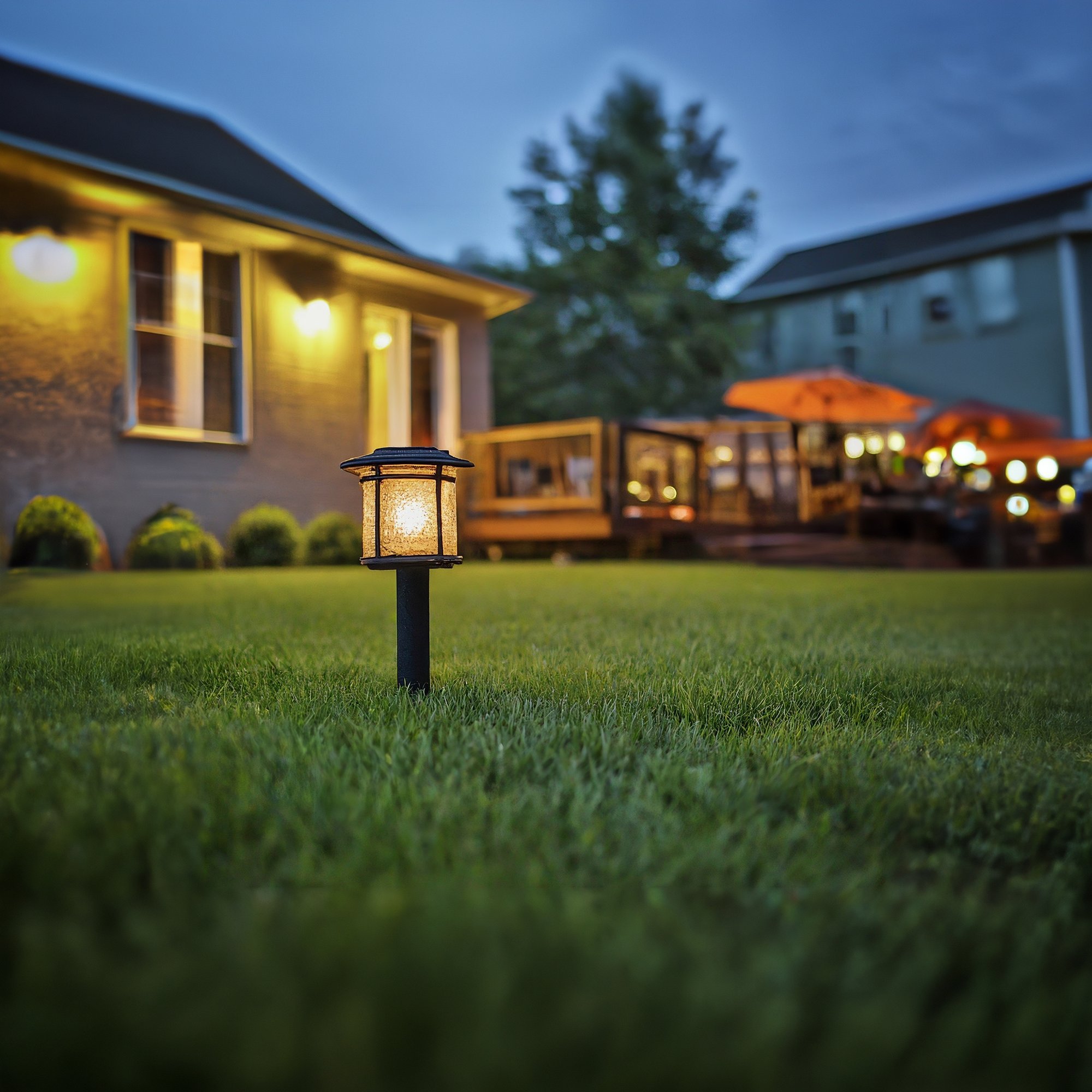Illuminate with Style: A Comprehensive Light Fixture Guide
Lighting fixtures are an essential element in any home or commercial space. They not only provide light but also add to the overall aesthetic and ambiance of a room. With so many options available, it can be overwhelming to choose the right lighting fixtures for your space.
In this comprehensive guide, we will break down the different types of lighting fixtures, common issues, as well as provide tips for selecting the perfect fixtures for your needs.
Indoor Lighting Fixtures
Types of Indoor Lighting
1. Ceiling Light Fixtures
Ceiling lights are fixtures mounted directly to the ceiling, providing general lighting or task lighting to a room. They come in various styles and designs to suit different needs and aesthetics. Here's a breakdown of some common types:
Chandeliers: These elegant centerpieces feature multiple lights suspended from a central framework. Its often adorned with crystals or other decorative elements. They're best suited for formal dining rooms, foyers, or high-ceilinged spaces.
Pendant or Hanging Lights: Hanging from a single cord or chain, pendant lights offer versatility and style. They're available in various shapes, sizes, and materials. This type is ideal for task lighting above kitchen islands, adding personality to living room, or highlighting specific areas.
Recessed Lighting: Discreet and unobtrusive, the installation for this type of light directly into the ceiling. It provides general lighting throughout rooms. They're popular for hallways, kitchens, and living rooms as they blend seamlessly with the architecture.
Flush Mount Lights: These fixtures sit flush against the ceiling, ideal for low-ceilinged rooms or modern minimalist spaces. They come in various designs, from simple geometric shapes to decorative shades.
2. Wall-Mounted Fixtures
Wall-mounted fixtures are lighting units attached directly to walls, offering various functions and styles to enhance your space. Here's a breakdown of their common types:
Wall Sconces: These stylish fixtures come in a wide range of designs, from classical sconces with shades to modern minimalist shapes. They provide ambient light and add decorative personality to hallways, bedrooms, living rooms, and bathrooms.
Wall-Mounted Lamps: Ideal for task lighting, wall-mounted lamps offer focused illumination for desk areas, reading nooks, or bedside tables. They come in various styles, from adjustable swing arm lamps to sleek wall spotlights.
Vanity Lights: Specifically designed for bathrooms, vanity lights are mounted above mirrors. The aim is to provide lights for tasks like makeup application or shaving. They often feature multiple bulbs and come in water-resistant designs.
Picture Lights: Highlighting artwork or other decorative elements, picture lights feature adjustable arms and focused beams of light to draw attention to your favorite pieces.
3. Floor and Table Lamps
Floor and table lamps are two popular types of lighting fixtures that offer both practical and decorative benefits. Here's a quick breakdown:
Floor Lamps: Providing additional lighting and a decorative touch, floor lamps come in diverse styles, from modern arc lamps to rustic standing lamps.
Table Lamps: These versatile fixtures offer focused light for reading or working, adding personality to bedrooms, living rooms, and side tables.
4. Track and Rail Lighting
Track and rail lighting is a modern lighting system that uses a long, straight bar (the track or rail) mounted to your ceiling or wall. This bar holds various light fixtures, like spotlights or pendants. You can easily slide and adjust along the track to light up whatever you need.
Track lights are great for highlighting specific areas, like workspaces, artwork, or reading nooks. No more general room lighting that doesn't reach where you need it.
Common Indoor Lighting Issues
1. Flickering Lights
Causes: Loose bulb, faulty wiring, worn-out dimmer switch.
Solutions: Tighten bulb, consult electrician for wiring/dimmer issues.
2. Inadequate Brightness
Causes: Insufficient fixtures, low-wattage bulbs, improper placement.
Solutions: Add more fixtures, use higher-wattage bulbs, reposition existing lights.
3. Inconsistent Color Temperature
Causes: Color temperature refers to the "warmth" or "coolness" of light, measured in Kelvins (K). Mixing warm and cool-toned bulbs creates an inconsistent feel.
Solutions: Choose bulbs with consistent color temperature (e.g., all warm white or all cool white) for each room.
Outdoor Lighting Fixtures
Types of Outdoor Lighting
1. Security Lights
Security lights are bright outdoor lights designed to deter unwanted visitors. The aim is to improve safety by illuminating dark areas around your property. Types of Security Lights:
Motion-sensor lights: These automatically turn on when someone approaches. Catching intruders off guard and providing you with an alert.
Floodlights: These offer powerful, constant illumination of a wide area, making it harder for anyone to hide or approach unnoticed.
High-Intensity Discharge (HID) lights: These types are similar to floodlights, but HID lamps use gas discharge to produce extremely bright light. This type is deal for larger properties, parking lots, or industrial settings.
Exterior Soffit lights: These types of lights installed underneath the overhangs of your roof, also known as soffits. They illuminate the area beneath the overhang, making it safer and more usable at night. This is especially helpful for pathways, doorways, or patios.
2. Landscape Lighting
Landscape lighting is like putting a spotlight on your outdoor space at night. It helps people see and makes your yard look pretty even after the sun goes down. Here's a breakdown of landscape lighting types:
Path Lights: Low, ground-level lights that illuminate walkways, stairs, and paths. They improve safety and visibility at night.
Spotlights: Focused beams of light aimed at specific features like trees, sculptures, or water elements. They highlight and draw attention to specific areas.
Garden Lights: Lights that shine upwards onto plants and flowers. They accentuate textures and colors, making your garden come alive at night.
3. Deck and Patio Lights
These lighting fixtures are specifically for outdoor living areas like decks, patios, balconies, and porches. They provide both functionality and ambiance after dark, making your outdoor space safer, more usable, and inviting. They offer task lighting for activities like eating, talking, or relaxing. These can be hanging, mounted, or embedded in the deck.
Common Outdoor Lighting Issues
1. Water Damage
Problem: Rainwater gets inside lights, causing rust and damage.
Solution: Choose lights built for the outdoors: Sealed, water-resistant, and made of strong materials like stainless steel. Tilt them slightly down so water drips off. Check for cracks or leaks regularly and fix them right away.
Bonus Tip: Solar lights have no wires to rust and fewer parts for water to damage.
2. Insect Invasion
Problem: Insects love the warmth and light of your lamps, making them their new home.
Solution: Use lights with tight seals to keep bugs out. Switch to bug-repellent bulbs that make your lights unwelcoming. Clean your lights often to remove any insect visitors.
Bonus Tip: LED lights run cooler, making them less attractive to bugs. Plant herbs like citronella near your lights to keep them away naturally.
Important Considerations
Size and scale: Make sure the fixture is the right size for the space. A large chandelier in a small room might feel overwhelming, while a tiny sconce in a large living room might look lost.
IC rating: For fixtures touching ceiling insulation, choose an "IC-rated" one to prevent overheating. An incorrect IC rating for a ceiling light fixture can contribute to a burned-out bulb.
Ballast suitability: For older fixtures and fluorescent lights, make sure the ballast matches your bulb type. It can lead to some unwanted consequences, and an exploded bulb is one potential outcome.
LED options: For energy efficiency and longevity, consider LED bulbs in most modern fixtures.
Fixture type and location: Match the fixture type (ceiling, wall, etc.) and its suitability for its location (indoors, outdoors, wet areas).
Maintenance: Think about how easy it will be to clean and maintain the fixture in the long run.
Sum Up
In summary, we've covered the essential aspects of indoor and outdoor lighting fixtures, exploring types, common issues, and what you should consider before installing light fixtures. If you're looking to enhance your lighting at home or in your outdoor spaces, consider reaching out to Electrician Denver.
Our team of residential electricians in Colorado Springs is ready to provide professional advice and top-notch installation services tailored to meet your lighting needs. Illuminate your space with confidence – consult with us for expert solutions.



